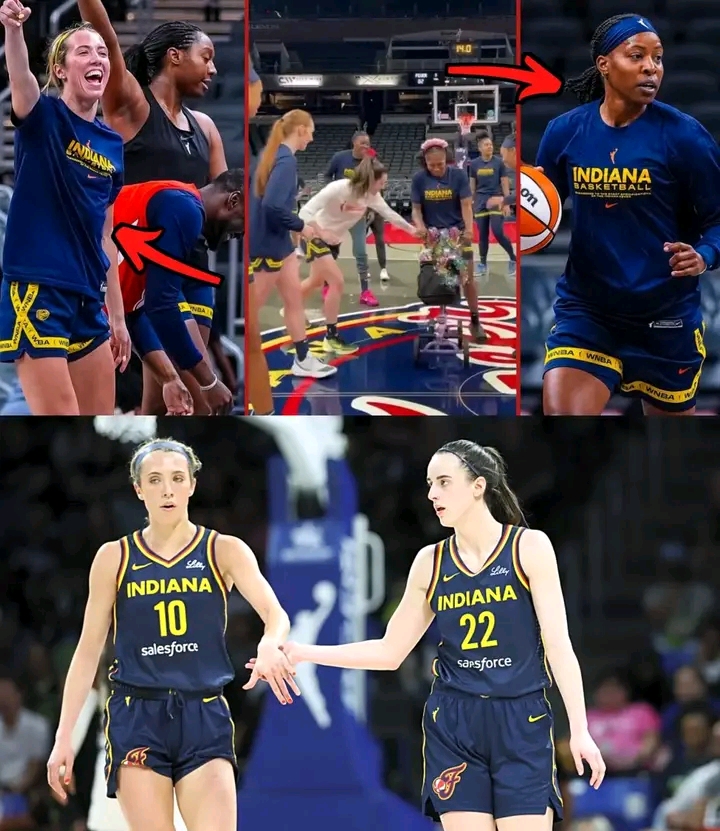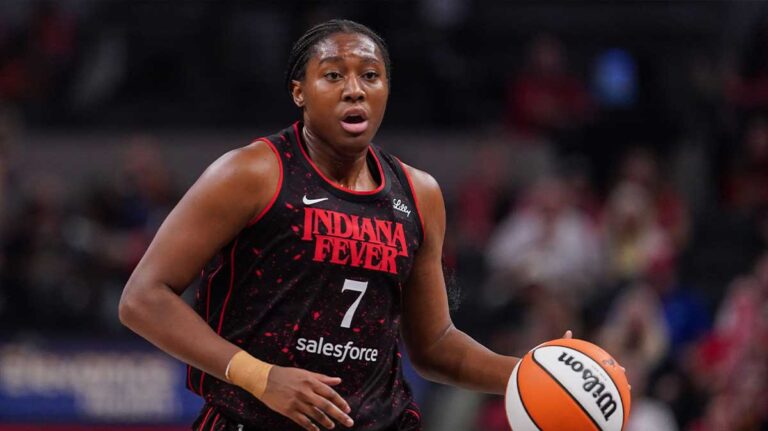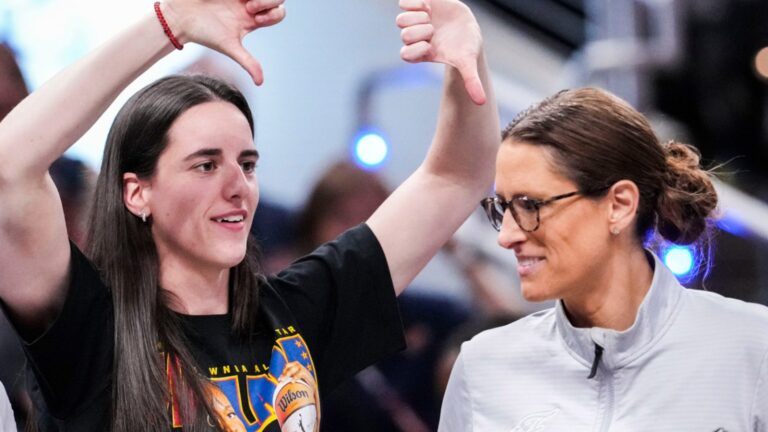
In the world of football, tactical evolution can redefine a team’s success. Erik ten Hag, appointed as Manchester United’s manager in the summer of 2022, has undoubtedly brought a breath of fresh air to Old Trafford. His tactics have not only reshaped the team’s style of play but also instilled a sense of discipline and efficiency that has been lacking in recent years. In this article, we will explore how Ten Hag’s tactical philosophy is proving to be a game changer for Manchester United in the 2024-2025 season.
The Foundation of Ten Hag’s Tactical Philosophy
Before delving into the specifics of how Ten Hag has impacted Manchester United this season, it’s important to understand the core principles of his tactical philosophy. Ten Hag is a disciple of the Dutch “Total Football” ideology but has refined it to suit the modern demands of the Premier League. His style is built on a foundation of:
- High Pressing and Ball Recovery: Ten Hag’s philosophy revolves around a high pressing system where the team works relentlessly to win the ball back high up the pitch. He demands that his players engage the opposition as soon as they lose possession, forcing them into mistakes and immediately regaining control of the ball. This proactive approach has been one of the key elements in revitalizing Manchester United’s defense and attack.
- Positional Play: At the heart of his tactical approach is positional play, also known as ‘Juego de Posición.’ This means that players are expected to maintain a disciplined structure, occupying specific areas of the pitch to create passing lanes and overloads. This not only helps in maintaining possession but also in quickly transitioning the ball to areas of danger.
- Fluid Attack with Overlapping Fullbacks: Ten Hag’s system is focused on fluid attacking patterns, where players are constantly interchanging positions. Fullbacks are encouraged to overlap and provide width in the attack, while the wingers often drift inside to create numerical advantages in the central areas. This dynamic movement makes the team unpredictable and difficult to defend against.
- Building from the Back: Ten Hag insists on building attacks from the back, meaning that even the goalkeeper is involved in the early stages of possession. The center-backs are expected to be comfortable with the ball at their feet, often looking for short passes to progress play. This approach, while risky at times, enables Manchester United to maintain control over the tempo of the game.
The Evolution of Manchester United Under Ten Hag
1. Improved Defensive Solidity
One of the first things fans noticed about Ten Hag’s arrival was the significant improvement in the team’s defensive structure. The United defense has been more organized and cohesive, with an emphasis on protecting the space between the lines. This season, his backline has become more disciplined, and while they are still prone to occasional lapses, there is a clear focus on positioning and coordination.
Under Ten Hag, Manchester United has become much harder to break down, largely due to the press that begins from the forwards. By engaging the opposition high up the pitch, Ten Hag reduces the pressure on his defense. Additionally, the midfielders have been tasked with closing down passing lanes and supporting the defense when the opposition is in possession.
A key tactical change has been the introduction of a more balanced fullback pairing. Ten Hag has recognized the need for his fullbacks to be more versatile – capable of supporting the attack but also more disciplined in their defensive duties. This balance has helped minimize the number of counter-attacks United faces, something that was a recurring issue under previous managers.
2. Revitalization of Bruno Fernandes
One of the standout features of Ten Hag’s tactics has been his ability to get the best out of Bruno Fernandes, one of Manchester United’s most talented midfielders. Under previous managers, Fernandes had often been criticized for his erratic playstyle, sometimes making rash decisions in key moments. However, Ten Hag has utilized him in a way that allows his creative qualities to flourish.
The tactical framework established by Ten Hag has allowed Fernandes more freedom to express his creativity in the final third, without neglecting his defensive responsibilities. In Ten Hag’s system, Fernandes plays as a box-to-box midfielder with a license to roam and create. The quick passing game, combined with the support he receives from the wingers and the overlapping fullbacks, has provided Fernandes with the platform to deliver key assists and score important goals.
Fernandes’ ability to orchestrate attacks with both feet and his intelligence off the ball has been crucial to Manchester United’s offensive progression this year. Ten Hag has integrated him into a midfield that moves as a unit, ensuring Fernandes is never isolated or caught out of position.
3. The Role of the Striker and Tactical Flexibility
A key area that Ten Hag has worked on improving this season is the development of his striker. Whether it’s Rasmus Højlund or Marcus Rashford, the striker under Ten Hag’s system is expected to not only finish chances but also participate in build-up play. In the 2024-2025 season, this tactical shift has been evident in how much responsibility is placed on the striker to drop deep, link play, and bring others into the attack.
Højlund, for example, has been asked to drag defenders out of position and create space for wingers like Rashford to exploit. His intelligent movement and link-up play have been essential in helping United progress the ball upfield quickly.
Ten Hag’s tactical flexibility also allows his attackers to interchange positions fluidly. Rashford, often a winger, has been used centrally in some games, exploiting his pace and dribbling ability. This flexibility makes it hard for opponents to set up a solid defensive block, as United’s attacking players are constantly shifting roles and positions.
4. Midfield Dominance
One area where Ten Hag’s tactics have truly shown their value is in midfield. The 2024-2025 season has seen Manchester United dominate midfield battles, something that has been a weakness for several years. Ten Hag has built a midfield that is capable of both controlling possession and pressing aggressively when out of possession.
The addition of Casemiro has been pivotal in this regard. His role as a defensive midfielder is not just about winning tackles; Ten Hag uses him as a shield for the defense and a deep-lying playmaker who can dictate the tempo of the game. This allows the other midfielders, like Christian Eriksen or Bruno Fernandes, to be more expressive and focus on the offensive side of the game.
Ten Hag’s high pressing system is also complemented by a midfield that presses as a unit. If one midfielder is caught out of position, the others shift to cover the space, ensuring that the team maintains its shape and does not get exposed.
5. Attacking Fluidity
When it comes to attack, Ten Hag’s system emphasizes fluidity and versatility. Manchester United’s attacking play has become far more direct and aggressive compared to previous seasons. The emphasis is on fast transitions and getting the ball into dangerous areas quickly, with wingers cutting inside and fullbacks offering overlapping support. This movement creates multiple passing options, making it difficult for the opposition to track and defend against United’s attacking setup.
The use of wide players like Antony and Jadon Sancho has been crucial in stretching the opposition defense. However, Ten Hag has also shown flexibility in his use of forwards. Rashford’s ability to cut inside from the left wing or play centrally has given Manchester United another dimension in attack, ensuring that they are not predictable.
Conclusion: A New Era at Manchester United
Under Erik ten Hag, Manchester United is entering a new era of tactical sophistication. The 2024-2025 season has seen a noticeable improvement in both defensive structure and attacking fluency. Ten Hag’s commitment to high pressing, positional play, and fluid attacking movement has helped transform United into a more cohesive and well-drilled unit.
While the road ahead is not without challenges, particularly in the face of fierce competition from clubs like Manchester City, Arsenal, and Liverpool, Ten Hag’s tactical revolution has provided Manchester United with a solid foundation to build upon. The squad is playing with more confidence, and players are executing the manager’s ideas with greater precision.
As the season progresses, Manchester United’s tactical evolution under Ten Hag will continue to be a key factor in their quest for domestic and international success. The game-changing tactics introduced by Ten Hag are paving the way for a promising future at Old Trafford.






